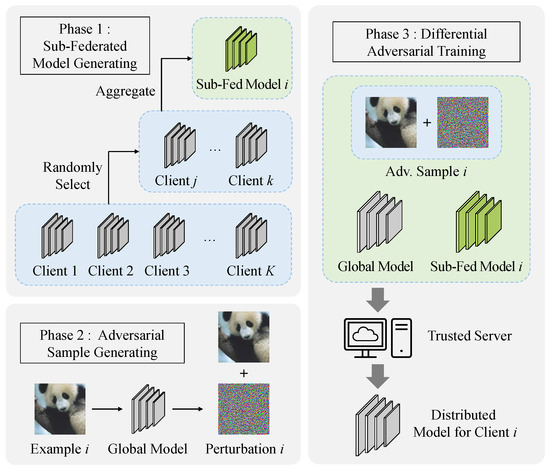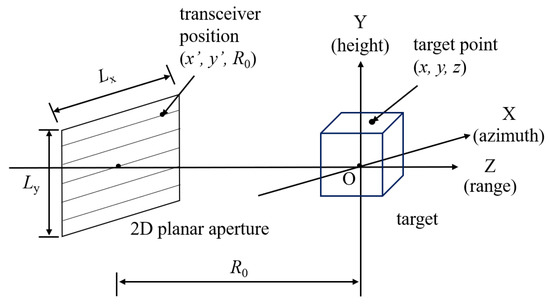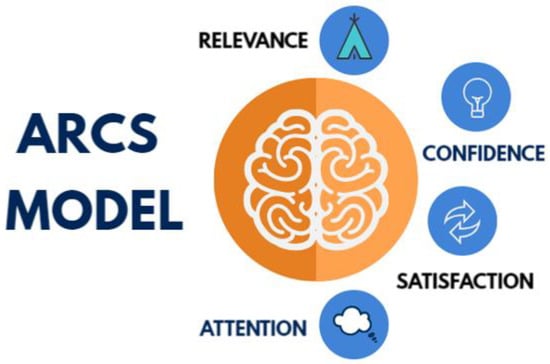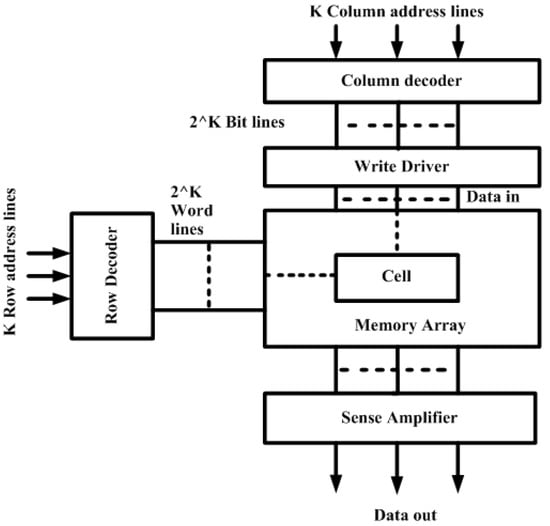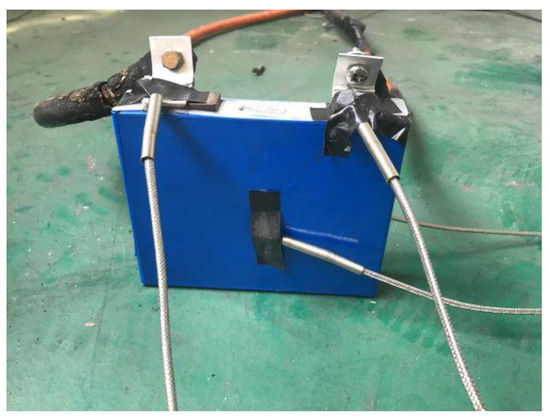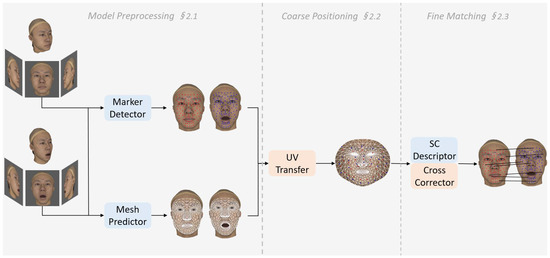1
School of Electronic and Information Engineering, Beihang University, Beijing 100191, China
2
ShenYuan Honors College, Beihang University, Beijing 100191, China
3
School of Cyber Science and Technology, Beihang University, Beijing 100191, China
4
PowerTensors.AI, Shanghai 200031, China
Electronics 2023, 12(4), 842; https://doi.org/10.3390/electronics12040842 - 7 Feb 2023
Cited by 1 | Viewed by 2171
Abstract
In this work, we formalize the concept of differential model robustness (DMR), a new property for ensuring model security in federated learning (FL) systems. For most conventional FL frameworks, all clients receive the same global model. If there exists a Byzantine client who
[...] Read more.
In this work, we formalize the concept of differential model robustness (DMR), a new property for ensuring model security in federated learning (FL) systems. For most conventional FL frameworks, all clients receive the same global model. If there exists a Byzantine client who maliciously generates adversarial samples against the global model, the attack will be immediately transferred to all other benign clients. To address the attack transferability concern and improve the DMR of FL systems, we propose the notion of differential model distribution (DMD) where the server distributes different models to different clients. As a concrete instantiation of DMD, we propose the ARMOR framework utilizing differential adversarial training to prevent a corrupted client from launching white-box adversarial attack against other clients, for the local model received by the corrupted client is different from that of benign clients. Through extensive experiments, we demonstrate that ARMOR can significantly reduce both the attack success rate (ASR) and average adversarial transfer rate (AATR) across different FL settings. For instance, for a 35-client FL system, the ASR and AATR can be reduced by as much as 85% and 80% over the MNIST dataset.
Full article
(This article belongs to the Special Issue Advanced Machine Learning Applications for Security, Privacy, and Reliability)
▼
Show Figures

